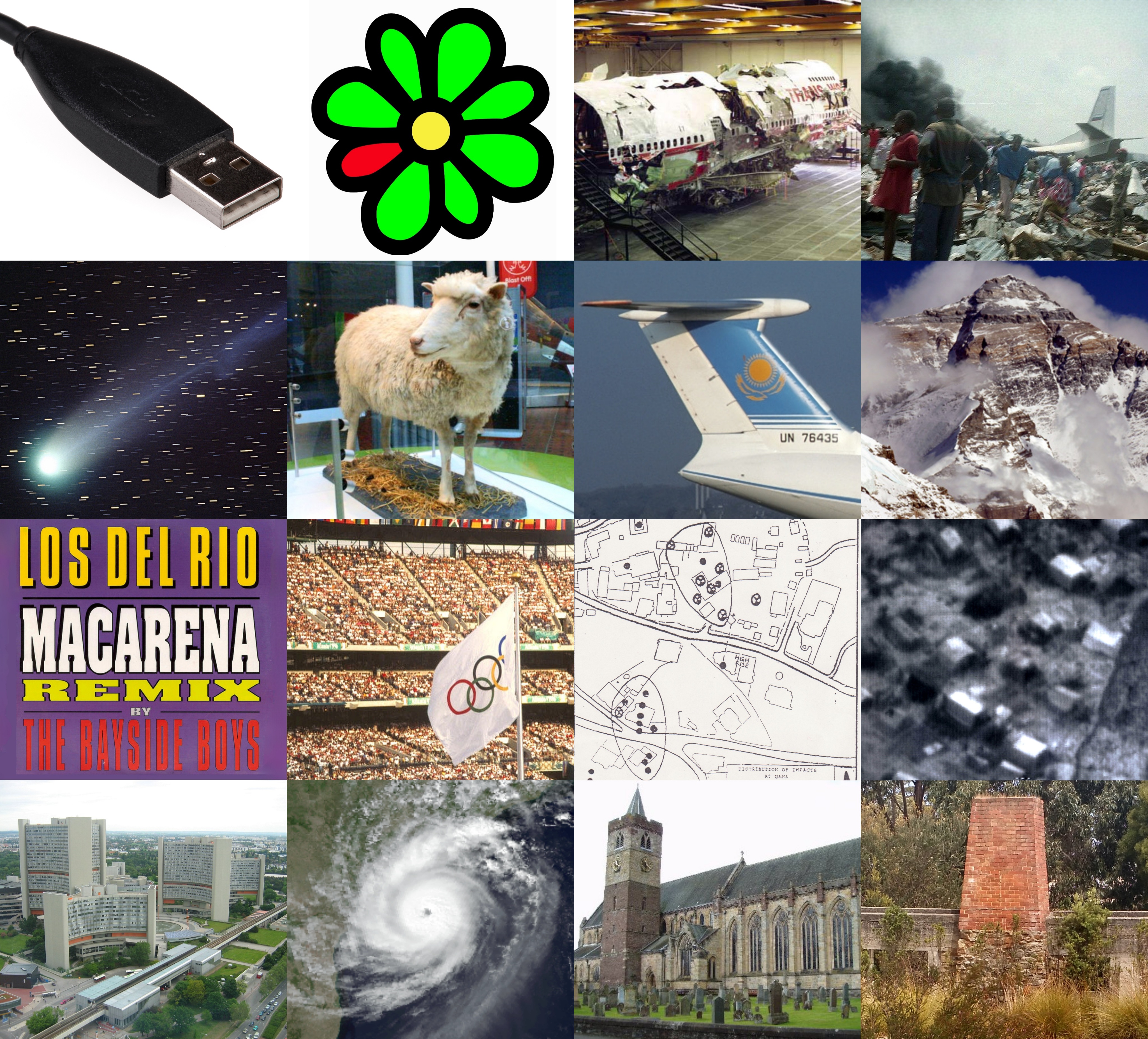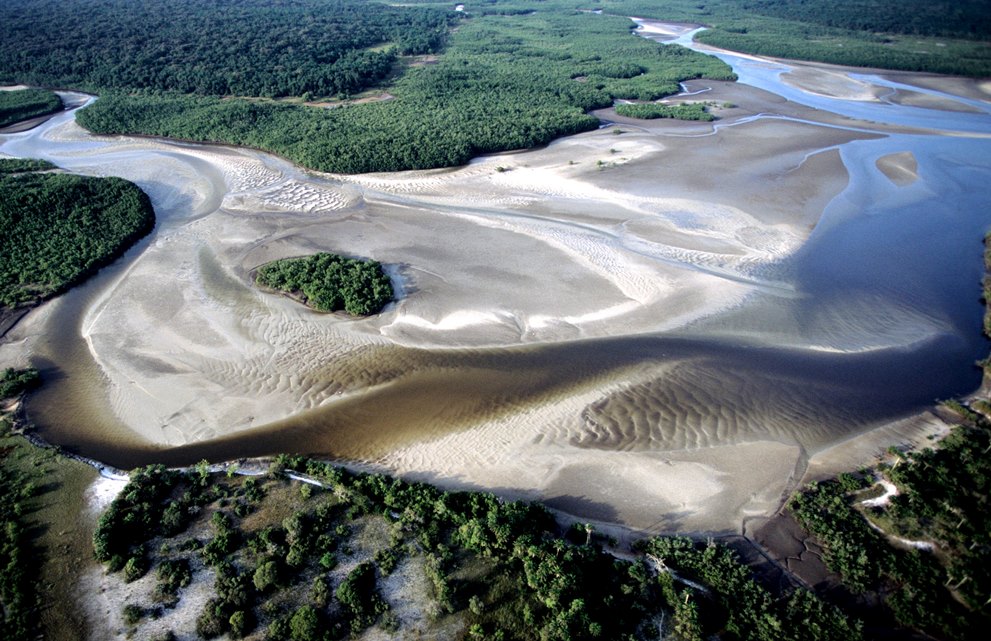|
Narwiański Park Narodowy
Narew National Park () is a List of National Parks of Poland, National Park in Podlaskie Voivodeship, north-eastern Poland, created in 1996. Prior to that, its area was part of the Narew Landscape Park. The park is a section of the Narew, Narew River. It is a swampy valley with moraine hills typical of a braided river. Depending on the season and the level of the water table, several Riparian zone, riparian area ecosystems are available, including swamps, tussock (grass), tussocks with surrounding black alder () and white willow () forested areas. The total area of the park is , of which only is state-owned. The rest is distributed across 12,000 different plots of privately held land, mostly by small-scale farmers. The park covers the Upper Narew Valley, a swampy area between the towns of Suraż and Rzedziany, Rzędziany. Around 98% of the park's area consists of rivers, periodically flooded lands, or wetlands. The Narew is the park's main river, which splits in the area into ma ... [...More Info...] [...Related Items...] OR: [Wikipedia] [Google] [Baidu] |
Narew
The Narew (; ; or ) is a 499-kilometre (310 mi) river primarily in north-eastern Poland. It is a tributary of the river Vistula. The Narew is one of Europe's few braided rivers, the term relating to the twisted channels resembling braided hair. Around 57 kilometres (35 mi) of the river flows through western Belarus. Etymology The name of the river is from a Proto-Indo-European root ''*nr'' primarily associated with ''water'' (compare Neretva, Neris, Ner and Nur) or from a Lithuanian language verb ''nerti'' associated primarily with ''diving'' and ''flood''. Name of the lower portion The portion of the river between the junctions with the Western Bug and the Vistula is also known as the Bugonarew, Narwio-Bug, Narwo-Bug, Bugo-Narew, Narwiobug or Narwobug. At the confluence near Zegrze the Bug is 1.6× longer, drains a 1.4× larger basin, and has a slightly greater average discharge (158 m³/s at Wyszków vs 146 m³/s at Pułtusk for the Narew, both ~25 km abov ... [...More Info...] [...Related Items...] OR: [Wikipedia] [Google] [Baidu] |
Tussock (grass)
Tussock grasses or bunch grasses are a group of grass species in the family Poaceae. They usually grow as singular plants in clumps, tufts, hummocks, or bunches, rather than forming a sod or lawn, in meadows, grasslands, and prairies. As perennial plants, most species live more than one season. Tussock grasses are often found as forage in pastures and ornamental grasses in gardens. Many species have long roots that may reach or more into the soil, which can aid slope stabilization, erosion control, and Characterisation of pore space in soil, soil porosity for precipitation absorption. Also, their roots can reach moisture more deeply than other grasses and annual plants during seasonal or climatic droughts. The plants provide habitat and food for insects (including Lepidoptera), birds, small animals and larger herbivores, and support beneficial soil mycorrhiza. The leaves supply material, such as for basket weaving, for indigenous peoples and contemporary artists. Tussock and bun ... [...More Info...] [...Related Items...] OR: [Wikipedia] [Google] [Baidu] |
Protected Areas Established In 1996
Protection is any measure taken to guard something against damage caused by outside forces. Protection can be provided to physical objects, including organisms, to systems, and to intangible things like civil and political rights. Although the mechanisms for providing protection vary widely, the basic meaning of the term remains the same. This is illustrated by an explanation found in a manual on electrical wiring: Some kind of protection is a characteristic of all life, as living things have evolved at least some protective mechanisms to counter damaging environmental phenomena, such as ultraviolet light. Biological membranes such as bark on trees and skin on animals offer protection from various threats, with skin playing a key role in protecting organisms against pathogens and excessive water loss. Additional structures like scales and hair offer further protection from the elements and from predators, with some animals having features such as spines or camouflage servi ... [...More Info...] [...Related Items...] OR: [Wikipedia] [Google] [Baidu] |
1996 Establishments In Poland
1996 was designated as: * International Year for the Eradication of Poverty Events January * January 8 – A Zairean cargo plane 1996 Air Africa crash, crashes into a crowded market in the center of the capital city of the Democratic Republic of the Congo, Kinshasa, killing around 300 people. * January 9–January 20, 20 – Serious fighting breaks out between Russian soldiers and rebel fighters in Chechnya. * January 11 – Ryutaro Hashimoto, leader of the Liberal Democratic Party (Japan), Liberal Democratic Party, becomes Prime Minister of Japan. * January 13 – Prime Minister of Italy, Italy's Prime Minister, Lamberto Dini, resigns after the failure of all-party talks to confirm him. New talks are initiated by President Oscar Luigi Scalfaro to form a new government. * January 14 – Jorge Sampaio is elected President of Portugal. * January 16 – President of Sierra Leone Valentine Strasser is deposed by the chief of defence, Julius Maada Bio. B ... [...More Info...] [...Related Items...] OR: [Wikipedia] [Google] [Baidu] |
Ramsar Sites In Poland
Ramsar may refer to: * Places so named: ** Ramsar, Mazandaran, city in Iran ** Ramsar, Rajasthan, village in India * Eponyms of the Iranian city: ** Ramsar Convention, concerning wetlands, signed in Ramsar, Iran ** Ramsar site, wetland listed in accord with the Ramsar Convention * Others ** Ramsar Palace The Ramsar Palace or Marmar Palace is a historic royal residence in Iran. The palace is in Ramsar, Mazandaran, Ramsar, a city on the coast of the Caspian Sea. History The Ramsar Palace was established on a land of 60,000 square meters in 1937. T ..., a palace in Ramsar, Mazandaran See also * :Ramsar sites {{Disambig, geo ... [...More Info...] [...Related Items...] OR: [Wikipedia] [Google] [Baidu] |
Natura 2000 In Poland
Natura &Co Holding S.A. is a Brazilian global personal care cosmetics group headquartered in São Paulo. The Natura & Co Group currently includes Natura Cosméticos and Avon Products. The Group is present in 73 countries across all continents except Antarctica. Natura Cosméticos, the parent company, was founded in 1969 by Antônio Luiz Seabra and became a public company listed on São Paulo Stock Exchange in 2004. Currently the company is the largest Brazilian cosmetics company by revenue. In May 2019 Natura & Co announced that it had entered into definitive agreement to acquire Avon Products, Inc. The transaction was approved by Brazilian regulations authorities in the beginning of November 2019 and was completed in January 2020, making Natura & Co the 4th largest pure-play beauty company in the world. History In 1974, Natura adopted direct sales as sales model. In 2018 it had more than 6.6 million "consultants" (resellers) worldwide being the largest in the world. Natura is ... [...More Info...] [...Related Items...] OR: [Wikipedia] [Google] [Baidu] |
Parks In Podlaskie Voivodeship
A park is an area of natural, semi-natural or planted space set aside for human enjoyment and recreation or for the protection of wildlife or natural habitats. Urban parks are urban green space, green spaces set aside for recreation inside towns and cities. National parks and country parks are green spaces used for recreation in the countryside. State parks and provincial parks are administered by sub-national government states and agencies. Parks may consist of grassy areas, rocks, soil and trees, but may also contain buildings and other artifacts such as monuments, fountains or playground structures. Many parks have fields for playing sports such as baseball and football, and paved areas for games such as basketball. Many parks have trails for walking, biking and other activities. Some parks are built adjacent to bodies of water or watercourses and may comprise a beach or boat dock area. Urban parks often have benches for sitting and may contain picnic tables and barbecue gr ... [...More Info...] [...Related Items...] OR: [Wikipedia] [Google] [Baidu] |
National Parks Of Poland
There are 23 national parks in Poland. These were formerly run by the Polish Board of National Parks ( Polish: ''Krajowy Zarząd Parków Narodowych''), but in 2004 responsibility for their management was transferred to what is now the Ministry of Climate and the Environment. Most national parks are divided into strictly and partially protected zones. They currently encompass around 186000 hectares of forest, or around 2% of all the country's woodlands. Polish national parks have carried out numerous research programs and they play an important role in the ecological education. The national parks can be visited as they provide a well-developed tourism infrastructure, though visitors typically need to keep to designated areas such as trails. Many parks furthermore offer thematic trails, educational centres and natural history museums. Legal basis and governance of Poland's national parks In order to become a national park, an area needs to be at least 1000 hectares in size and h ... [...More Info...] [...Related Items...] OR: [Wikipedia] [Google] [Baidu] |
Ramsar Convention
The Ramsar Convention on Wetlands of International Importance Especially as Waterfowl Habitat is an international treaty for the conservation and sustainable use of Ramsar site, Ramsar sites (wetlands). It is also known as the Convention on Wetlands. It is named after the city of Ramsar, Mazandaran, Ramsar in Iran, where the convention was signed in 1971. Every three years, representatives of the contracting parties meet as the Ramsar Convention#Conference of the Contracting Parties, Conference of the Contracting Parties (COP), the policy-making organ of the wetland conservation, convention which adopts decisions (site designations, resolutions and recommendations) to administer the work of the convention and improve the way in which the parties are able to implement its objectives. In 2022, COP15 was held in Montreal, Canada. List of wetlands of international importance The list of wetlands of international importance included 2,531 Ramsar site, Ramsar sites in Februa ... [...More Info...] [...Related Items...] OR: [Wikipedia] [Google] [Baidu] |
Plankton
Plankton are the diverse collection of organisms that drift in Hydrosphere, water (or atmosphere, air) but are unable to actively propel themselves against ocean current, currents (or wind). The individual organisms constituting plankton are called plankters. In the ocean, they provide a crucial source of food to many small and large aquatic organisms, such as bivalves, fish, and baleen whales. Marine plankton include bacteria, archaea, algae, protozoa, microscopic fungi, and drifting or floating animals that inhabit the saltwater of oceans and the brackish waters of estuaries. fresh water, Freshwater plankton are similar to marine plankton, but are found in lakes and rivers. Mostly, plankton just drift where currents take them, though some, like jellyfish, swim slowly but not fast enough to generally overcome the influence of currents. Although plankton are usually thought of as inhabiting water, there are also airborne versions that live part of their lives drifting in the at ... [...More Info...] [...Related Items...] OR: [Wikipedia] [Google] [Baidu] |
Rotifer
The rotifers (, from Latin 'wheel' and 'bearing'), sometimes called wheel animals or wheel animalcules, make up a phylum (Rotifera ) of microscopic and near-microscopic Coelom#Pseudocoelomates, pseudocoelomate animals. They were first described by John Harris (writer), Rev. John Harris in 1696, and other forms were described by Antonie van Leeuwenhoek in 1703. Most rotifers are around long (although their size can range from to over ), and are common in freshwater environments throughout the world with a few Seawater, saltwater species. Some rotifers are free swimming and truly planktonic, others move by inchworming along a substrate, and some are Sessility (zoology), sessile, living inside tubes or gelatinous holdfast (biology), holdfasts that are attached to a substrate. About 25 species are colonial (e.g., ''Sinantherina semibullata''), either sessile or planktonic. Rotifers are an important part of the freshwater zooplankton, being a major foodsource and with many specie ... [...More Info...] [...Related Items...] OR: [Wikipedia] [Google] [Baidu] |





